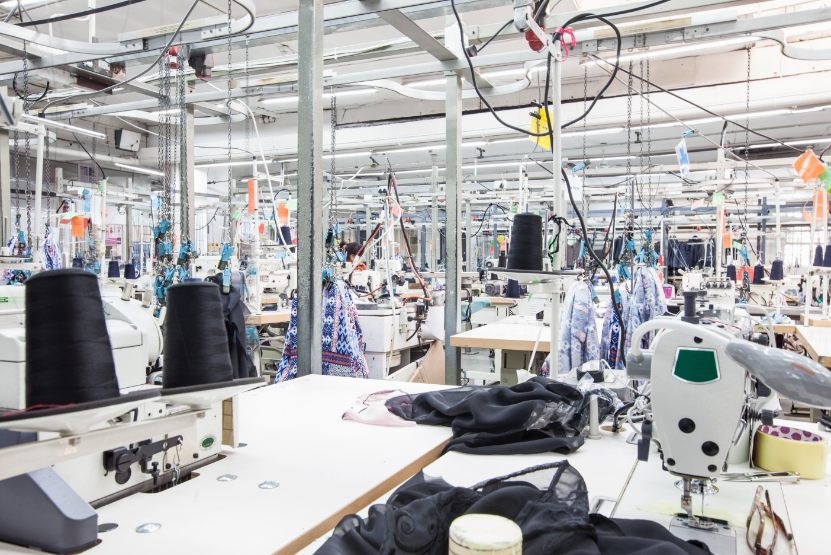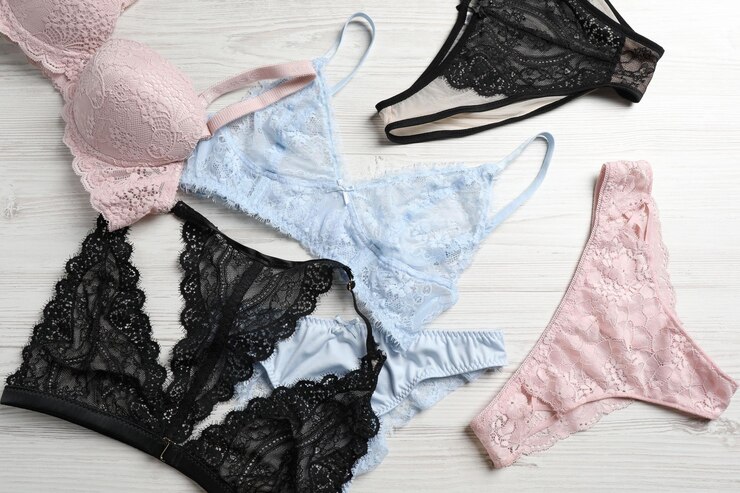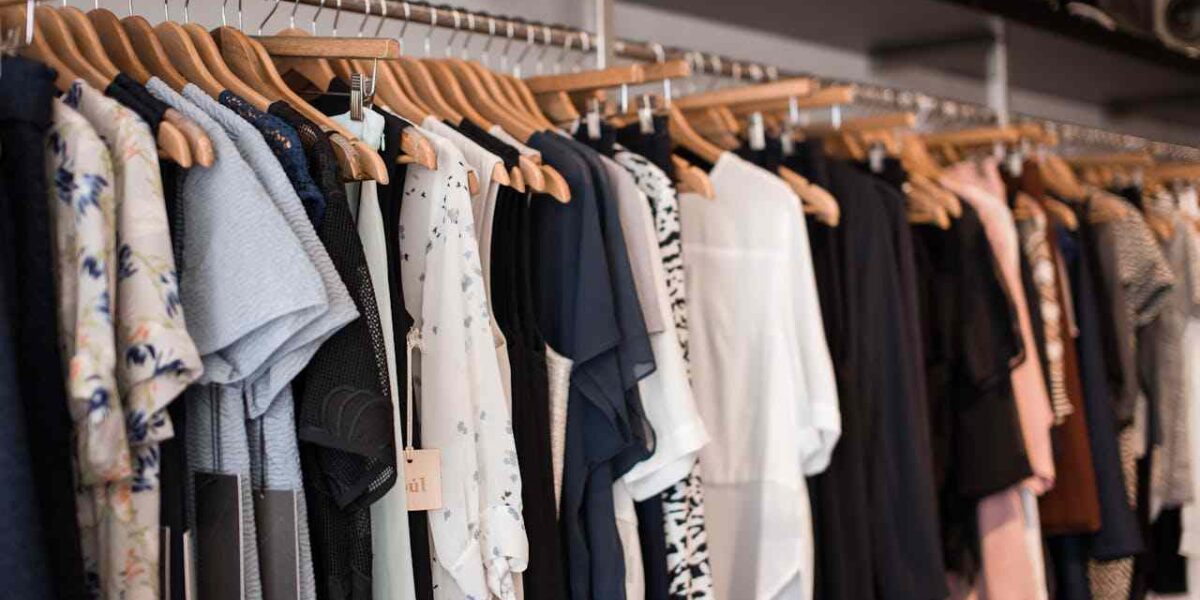If you have ever put on a beloved hoodie or found an ideal pair of jeans, did you take a moment to think about how the final product was created? Perhaps you didn’t wonder who created the original sketch or flipped through swatches to select the fabric color, but how did the right thread, zipper, and buttons arrive at the factory on time? Who took the time to notice a stitching mistake before it turned into a nightmare? Behind every finished garment is an often-overlooked dimension of garment production management in the fashion industry.
If you want a clothing line of your own, work for someone else running their line, or are just wondering how something sold out actually made it to the rack, then you’re in the right spot. Let’s pull back the curtain a little and find out what really happens, who does what, and why getting production management right is what sets apart success stories from shelf-warmers.
What IS Production Management in Fashion Business, Really?
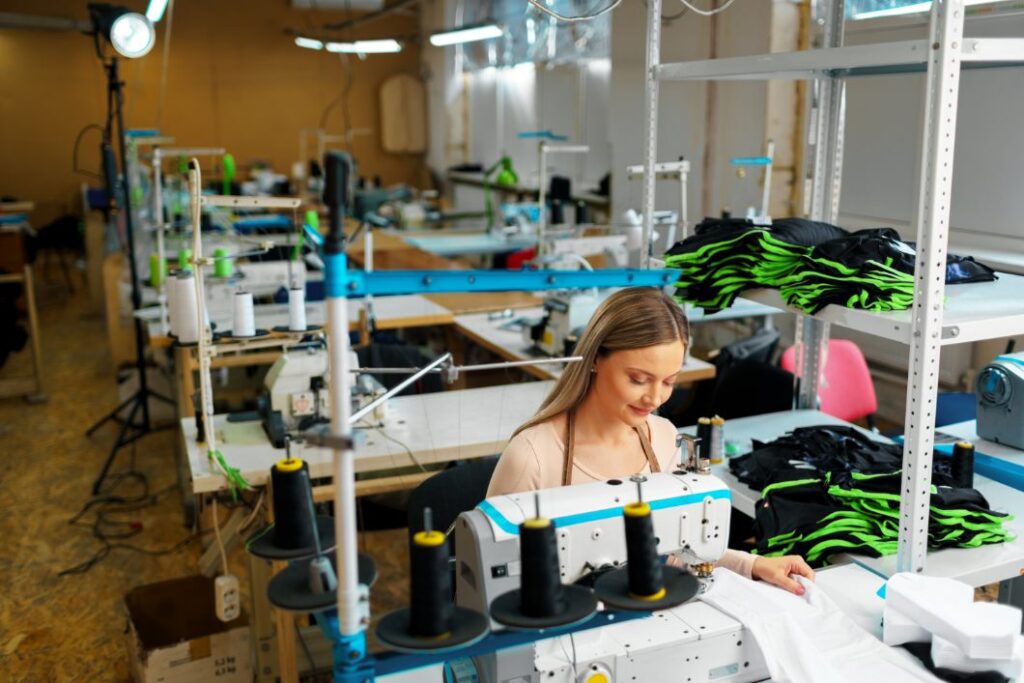
Let’s begin from the start. Most individuals outside the fashion industry envision it full of runways, mood boards, and sewing machines chugging away in the background. But once you investigate production management in fashion industry, you will soon discover a world that operates on timelines, negotiations, practical knowledge, endless email correspondence, and people.
So what exactly is production management in the fashion industry, anyway? In short, it is the overall process of taking a creative idea and successfully and efficiently putting that idea into a real product. But it is more than that, production management is also planning and sourcing, overseeing details, managing suppliers (and their feelings), and making sure everything from raw textile to a finished T-shirt arrives on time and on a stated level of quality.
It is the function that connects wild inspiration to the shop floor. Checking the weather at your fabric vendor’s warehouse, tracking down a lost shipment, or sourcing an alternate zipper because the lead time of your original order has been pushed back at customs is all part of production management. These activities involve people, people, and the relationships you built along the way
Anyone who’s actually started starting your own clothing line will tell you designers might get the glory, but the product manager in fashion and the production management team are the engine room. If you want to lead a label, you’ll wear many hats, and sometimes, several at once: creative, planner, negotiator, firefighter, and, occasionally, shoulder to cry on.
Why Bother with Production Management? (Or, Tales of “It Went Wrong”)
Here’s the thing: if you ignore this side of fashion, your business is going to struggle as a LOT of new entrepreneurs discover the hard way.
Let me tell you a real story. Years ago, I met Chloe at a local makers fair. She had vintage-inspired dresses that everyone wanted. She built up pre-orders fast but ignored her factory’s warnings about the holiday backlog. She promised a delivery she absolutely couldn’t keep. When the dresses showed up (weeks late), the first boxes were sewn in the wrong floral fabric. Her loyal buyers? Frustrated. She ended up issuing refunds and learning a tough lesson about the fashion production process and production delays and bottlenecks.
It happens all the time in production management in fashion industry. Apparel production management is less about last-minute heroics and more about careful orchestration so things don’t fall apart in the first place. The big brands have full departments handling this. Startups and indie brands? The founder does everything…usually learning the hard way along the journey. (Don’t worry, there are tricks to make this part easier. We’ll get to those.)
The Essential Roles in Fashion Production
Whether you’re a team of one or have a crew at your back, production management is usually a group effort, even if that group is just you in different hats.
Let’s break down who’s who in a typical operation:
- Product Manager in Fashion / Production Manager: You are the big picture person here, even if it’s your own brand. You’ll handle the timeline, budget, and keep the project moving forward across all stages.
- Technical Designer: They translate design into specific instructions (called tech packs) for the people who actually make the clothes. These tech packs include drawings, material specifications, construction steps, and all the little details.
- Fashion Merchandising and Production Planning: This role often blends sales, marketing, and production management. It’s about knowing how many pieces to make (and in which sizes, styles, and colors) so you don’t waste money or miss opportunities.
- Quality Control in Apparel: The QC lead checks work at every stageraw materials, in process, and final product to avoid sneaky issues that can slip through the cracks.
- Sourcing and Supply Lead: This person finds, tests, and manages the raw materials, embellishments, zippers, and more.
For most startups, you’ll juggle all these jobs or share them with a tiny (loyal!) crew. As you grow, you may split out special roles for greater efficiency, especially for things like apparel sourcing and production or detailed garment factory management.
The Production Management Process in the Fashion Industry

Production management in fashion isn’t just a checklist; it’s a process, a cycle of planning, doing, checking, and refining. The better you know this, the more confidently you can lead, grow, and adapt your brand.
Step 1: Pre-Production (What Happens Before a Single Stitch)
Concept to Concrete Plan
Start with your vision. Are you dreaming of a capsule collection, a single viral T-shirt, or a broad lifestyle brand? Sharpen your idea with market research and mood boards. Pin down your concepts, choosing the right target audience and brand tone.
Fashion Design in Product Management
Fashion design and product management overlap here. Think about not only what looks good, but what you can actually make for your target price, during your actual timeline. Consider fabric availability, supplier capacity, and manufacturing strengths.
Creating the Tech Pack
A tech pack is the bridge from dream to real product. Your tech pack should include:
- Flat sketches/technical drawings (every side, close-ups of details)
- A bill of materials (fabrics, trims, buttons, zippers, colors)
- Size and measurement charts for every proposed size
- Stitching, labeling, and print placement instructions
- Approved sample photos or material swatches
The more detailed, the fewer headaches down the road.
Sampling: Make, Fit, Refine
Sampling is a must. Your first “proto” sample could expose fit issues or impossible-to-sew corners. Later samples fine-tune sizing, comfort, details, and finish.
- Proto Sample: Early version, usually just to test the idea.
- Fit Sample: On-body analysis to tweak pattern for real-world wear.
- Salesman Sample: Sharply finished version for pre-orders/marketing.
- Pre-Production Sample (PPS): The “final standard” every production piece must match this.
Apparel Sourcing and Production Partner Selection
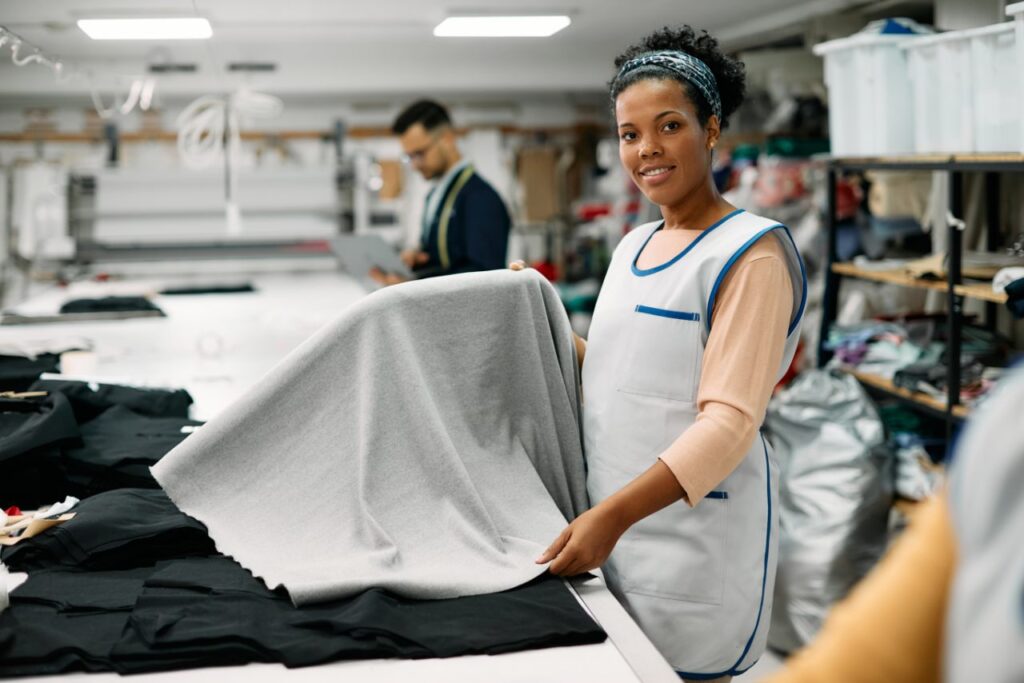
Where and how you make your product will define everything: cost, timeline, quality, and even your brand story. When looking for a clothing manufacturer or supplier:
- Compare local vs. overseas options (lead times, MOQs, communications, risk)
- For ethical fashion production, look for certifications like GOTS or WRAP, and ask tough questions about working conditions.
- Build backup suppliers for fabric or trims when possible.
Costing and Budget
Handle the cost to start your own clothing line early. Build a clothing manufacturing cost sheet that breaks down all your raw material costs, labor, logistics, duties, packaging, and even a “surprise” buffer. Savvy product managers in fashion leave wiggle room, price surprises are the rule, not the exception.
Step 2: Main Production (From Plan to Product)
Welcome to the factory floor, the big show! This is where production management in fashion becomes daily work.
Grading and Pattern Making
Patterns must be graded for each size you plan to sell. This is more than scaling up and down! Female, male, and unisex fits, plus international sizing issues, should all be double-checked. Poor grading can sink a launch, so carefully check every spec.
Marker Making and Fabric Cutting
Marker making arranges all painstakingly prepared pattern pieces onto fabric in a way that minimizes waste. Skilled marker makers save companies thousands by using every inch of fabric. Then, automated or hand cutting ensures uniformity.
Sewing: The Garment Production Workflow
Factories vary from tiny workshops where one team does it all to vast assembly lines where each worker repeats a single step. Held together by managers’ experience and judgement, this phase is the trickiest to control from afar.
On the floor, garment factory management is about sequencing steps so nothing sits idle, and everyone works efficiently. The garment passes through many hands: one worker does collars; the next, sleeves; someone else does buttons. Smooth transitions, clear communication, and a strong production manager here prevent production delays and bottlenecks.
In-Line Quality Control in Apparel
“Inspect early, inspect often.” In any well-run operation, trained QC staff check pieces as they come off machines, looking for missed stitches, loose threads, skipped details, or material flaws. Catching issues early means one-off fixes, not “recall the whole batch” disasters.
Quality Control in Apparel: The Final Check
Before anything gets packed, brands check a random sample of finished garments. Does the shipment meet your AQL (“acceptable quality limit”)? If not, factories must fix everything before you pay the final bill.
Packing, Shipping, and Inventory Management
Perfect pieces go through pressing, folding, poly-bagging, and boxing. Merchandise is counted, barcoded, and checked into the inventory system. From here, orders move to retailers, warehouses, or directly to customers. This is where fashion industry logistics and fashion supply chain management come into play.
The clothing manufacturing process is never quite monitoring inventory, handling returns, tracking shipments, and receiving feedback, all circle back to improve the next round.
Step 3: Post-Production and Launch How to Manage Clothing Manufacturing Beyond the Factory
You’ve finally got products on the shelf (or on your e-commerce site). Your job isn’t over! Now comes controlling your inventory, managing retailer relationships, monitoring for customer complaints, and crucially planning the next collection or restock.
Smart fashion production managers:
- Use inventory management systems to avoid stockouts or over-ordering.
- Collect size, style, and color data for future planning.
- Stay in close touch with key retailers and logistic partners.
If problems arise, a popped button, a color that fades, or a late shipment, you need to act quickly. Good communication with your supply chain lets you fix issues and protect your reputation.
Common Challenges in Production Management for Fashion
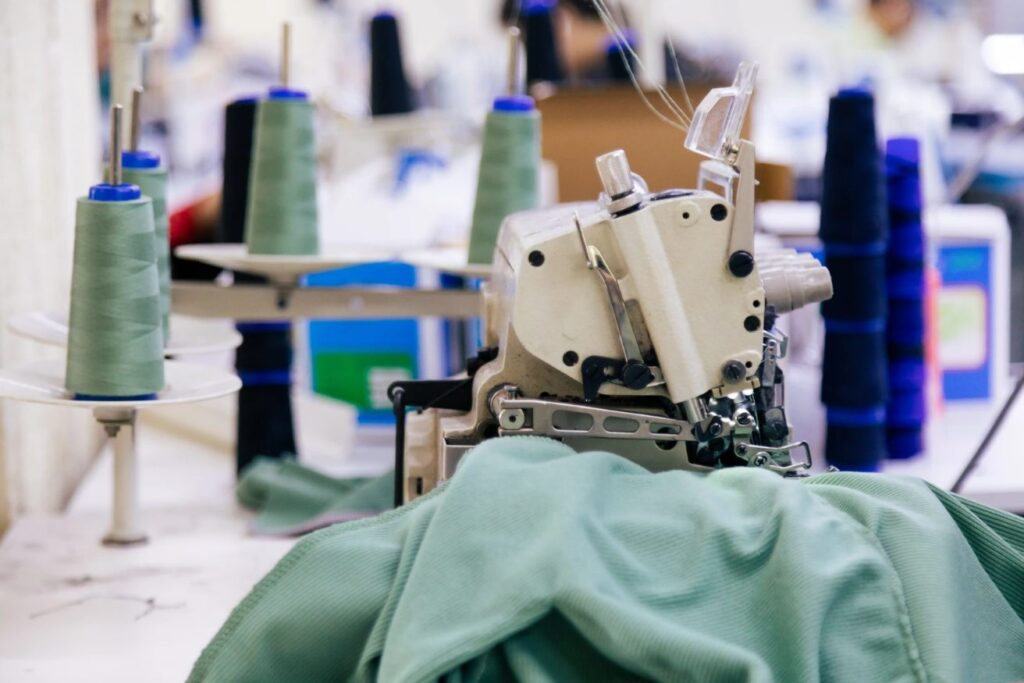
No matter how polished your workflow, stuff goes sideways. Here are some of the most common pitfalls and ways to tackle them.
1. Production Delays and Bosttleneck
The Scenario: A fabric shipment is held up at customs. A machine breaks down at the garment factory. A holiday shuts down your supplier for a week.
How to Handle:
- Always build in buffer time; your timeline should assume delays will happen.
- Stay in regular contact with suppliers and factories, so you hear about problems early.
- Diversify suppliers when possible.
2. Quality Control in Apparel
The Scenario: Your shipment arrives, but the seams unravel, or the color is off. Maybe size grading went wrong, and half your order won’t fit anyone.
How to Handle:
- Never skip sample approvals.
- Use clear, well-documented tech packs.
- Schedule in-line QC checks AND a final inspection before shipping.
3. Inventory and Stock Management
The Scenario: You ordered too many items and are now buried in inventory. Or, more likely, your best seller is sold out, and you’ve got nothing to ship.
How to Handle:
- Use data from previous sales to plan better.
- Start with smaller runs to test demand.
- Use inventory management software, even if it’s just spreadsheets at the start.
4. Ethical Fashion Production
The Scenario: Customers want to know “who made my clothes?” If your factory uses questionable practices, your business and conscience both take a hit.
How to Handle:
- Vet your manufacturers; visit if you can.
- Look for certifications.
- Be transparent about your production process in your marketing.
Fashion Production Management Best Practices: Pro Tips
- Communication is Everything: Over-communicate with your team, suppliers, factories, and retailers. Confirm details, get things in writing, and check in at every step.
- Document Everything: Tech packs, contracts, invoices, shipment trackers document it all. Names, numbers, materials, and deadlines organized info will save your skin in a crisis.
- Build Strong Relationships: Repeat business is everyone’s goal. Be fair, pay on time, and offer feedback. A good relationship can fast-track your order or bump you to the top of the list in crunch time.
- Plan for Surprises: Price increases, typhoons, stuck shipments. If you expect the unexpected, you won’t panic when it happens.
- Track Everything: Keep tabs on your orders, from raw material to shipping. Modern tools or even basic spreadsheets can flag a problem before it goes nuclear.
- Stay Flexible: Styles change, trends shift, and so does the market. Being prepared to pivot in operations can keep your brand relevant and alive.
The Role of Technology in Modern Fashion Production
Fashion production management isn’t stuck in the past! More and more, brands leverage technology to step up efficiency and reduce errors.
- 3D Sampling & Fit Technology: Cuts down costs and is eco-friendly. Brands now make virtual prototypes, helping them catch issues before real-world samples are sewn.
- AI & Inventory Tools: Predict what will sell, when, and how much. Avoid overproduction.
- Supply Chain Management Platforms: Track orders, monitor fabric deliveries, and anticipate bottlenecks.
- Ethical Sourcing Apps: Verify supplier certifications and working conditions from afar.
But don’t be fooled, technology is a tool, not a replacement for real relationship-building and hands-on management.
Going Green: Production Management in the Era of Ethical Fashion
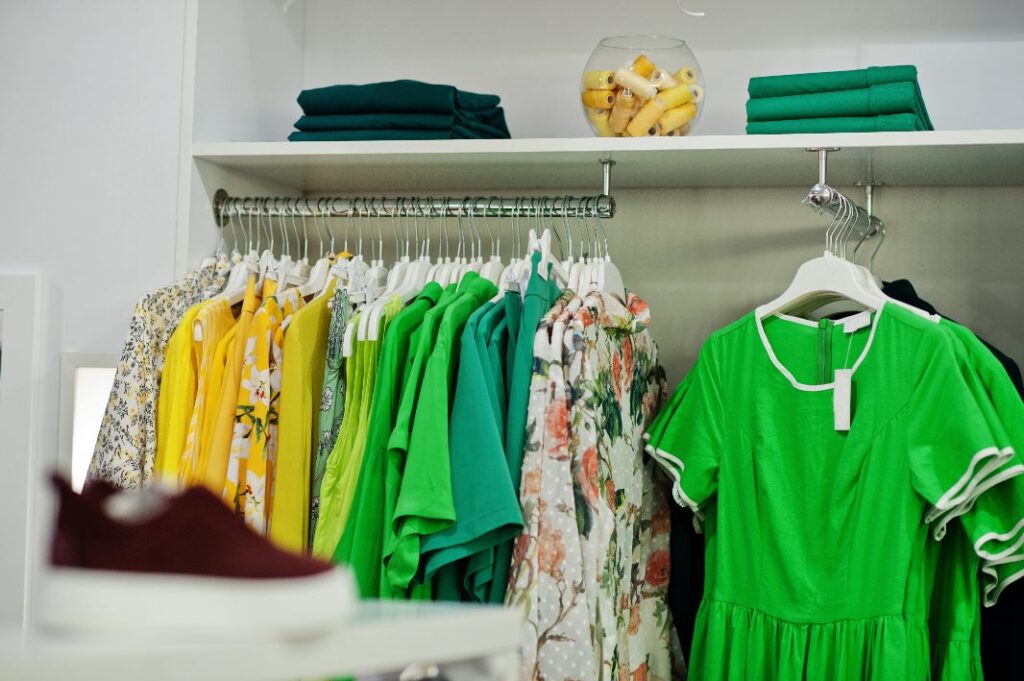
Today’s consumers are more aware. They check labels, ask about carbon footprints, and support companies that stand up for people and the planet.
This means that, as a production manager in fashion industry, understanding ethical fashion production is a must not just a trendy add-on. It involves sourcing sustainable materials, checking on labor practices, and reducing waste in every step from patternmaking to shipping.
Eco-friendly doesn’t have to mean expensive. Sometimes, it’s as simple as using smart cutting layouts, upcycling scraps, cutting out plastic in packaging, or working with manufacturers closer to your main markets.
End-to-End Fashion Production: Bringing It All Together
Let’s recap the essential building blocks of strong fashion production management:
- Creative Vision: Understanding your brand, your market, and the product you want to deliver.
- Concrete Planning: Turning vision into reality with tech packs, quality standards, timing, and budgeting.
- Smart Sourcing & Partnerships: Selecting the best suppliers and factories for your needs, and building genuine two-way relationships.
- Clear Workflows: Well-designed garment production workflows (from sourcing to cutting, sewing to QC, and shipping) avoid wasted time and resources.
- Quality Control: At every step, from in-line to final inspections, you’ve got to keep standards high.
- Agile Inventory & Logistics Management: Know what’s in stock, what’s running low, and how to get finished products to customers quickly and efficiently.
- Monitoring & Feedback: Every shipment, sale, and return teaches you something for next time.
- Ethical & Sustainable Choices: Integrate responsible practices at every level.
Planning for Your First (or Next) Launch: A Practical Guide
Trying to launch a small brand? Here’s a step-by-step checklist:
- Clarify your design and brand goals.
- Research the market and find comparable products.
- Start a detailed tech pack for each design, don’t skip!
- Find trusted factories or sewing partners (how to find a clothing maker can help), request and approve samples.
- Build a full cost sheet. Add 10% “surprise” buffer.
- Use small batch production to test waters. Don’t be afraid of “sold out”, better than stuck stock!
- Inspect your first batch personally or use a 3rd-party QC.
- Ship with tracking, and have a plan for lost shipments.
- Collect customer feedback and prepare for a second run.
- Stay in touch with your team; celebrate successes and learn from any hiccups.
Final Thoughts: Why Human-Centered Production Management Matters
It’s easy to overlook the human side of fashion production. But at every step, raw cotton fields, bustling factories, packaging rooms, delivery vans, people shape your product. Technology, planning, and good spreadsheets help, but it’s the connections, partnerships, hard work, and pride in a job well done that bring a garment to life.
Whether you’re running a growing team or launching solo, understanding production management in fashion is the key to delivering on your promise as a brand. It’s demanding, complicated, and often invisible to customers. Still, when those first finished garments land in your hands, knowing the journey they took, it’s worth every late night and spreadsheet headache.
Fashion is about more than appearance and style. It’s about building something real, meaningful, and lasting for you, your team, your customers, and the world.
Ready to take the leap? Use this guide as your launchpad. And when you face inevitable bumps along the way, remember you’re not just making clothes. You’re building a legacy, one well-managed collection at a time.
Related : When Selecting A Size, How Important Are Both Body And Garment Measurements

